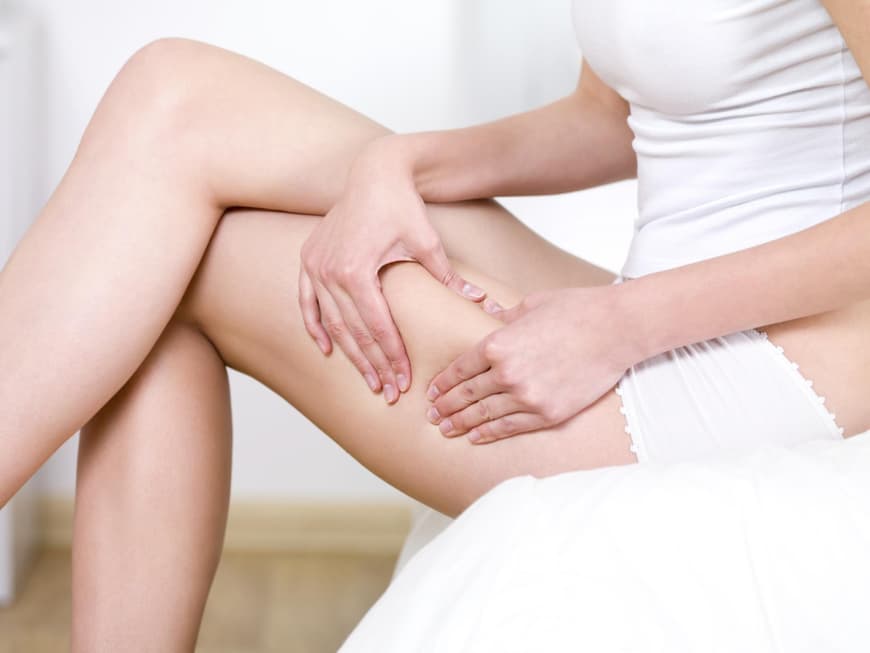
Vein problems develop slowly and insidiously. With increasing age or due to a congenital weakness of the connective tissue, the vascular walls can become increasingly slack. We answer the most important questions about causes and treatments.
Why are vein problems such a big issue in our country?
Because problems with them are anything but rare in this country: One in two women and one in four men suffer from them. But only very few of them seek medical treatment.
How do you notice that you have this condition?
Those affected usually suffer from swelling and pain. This is caused by water retention in the legs and the symptoms usually worsen in the evening. Heat, prolonged standing or sitting also contribute to the deterioration. The disease is also noticeable on the outside: If you have spider veins or varicose veins, you have vein disease.
Is prolonged standing or sitting to blame for the symptoms?
This increases the pressure in the veins. If the connective tissue is also comparatively weak, venous diseases develop. This is because the unstable connective tissue fibers are too weak to withstand the pressure in the venous system and the vessels dilate. The venous valves can no longer close properly, the blood transported to the heart flows back downwards and then builds up in the legs. The pressure on the venous system continues to increase. Weak connective tissue is hereditary, but connective tissue is generally not made for long periods of standing or sitting.
How can you strengthen connective tissue?
Weak connective tissue cannot be eliminated, but you can have a positive influence on your veins by adopting a healthy lifestyle. Regular exercise is the key to strengthening the connective tissue and alleviating the symptoms. Smokers should give up their vice, as this protects the blood vessels. Being overweight is a burden on the body and you should lose weight. And: Clothes that are too tight and high heels disrupt the blood flow.
How can venous insufficiency be treated?
You should definitely go to the doctor with the symptoms described above. If the doctor determines that these are caused by a venous valve defect, he or she will recommend treatment with compression stockings. These are designed to reduce the diameter of the dilated veins by applying pressure from the outside. This ensures that the venous valves close better and the blood can flow again. If it is a vein wall defect, a natural active ingredient alleviates the suffering: Horse chestnut seed dry extract. Venous diseases always require long-term therapy. The symptoms must be treated permanently. The varicose veins may also need to be sclerosed or removed in order for the painful symptoms to disappear.
From the toes to the brain: how our blood circulates
The arteries pump oxygen-rich blood from the heart into the body, while the veins transport the blood back to the heart: around 7,000 liters every day. The leg veins are under particularly heavy strain. This feat of strength is supported by the so-called muscle pump of the leg muscles and by the venous valves, which act like a non-return valve and thus prevent the blood from flowing back into the legs.
Removing varicose veins: the current methods
Stripping: Incisions are made just below the groin and in the hollow of the knee or at the ankle. The vein is then pulled out through the incision using a probe.
Sclerotherapy: A needle is used to inject an anti-inflammatory drug into the vessel to cause blood clotting in the vein so that it closes.
Laser therapy: Doctors insert a catheter into the varicose vein through a hole in the back of the knee so that blood can no longer flow through it. The walls of the vessel are then heated by laser light. This seals the vein and it dies.
